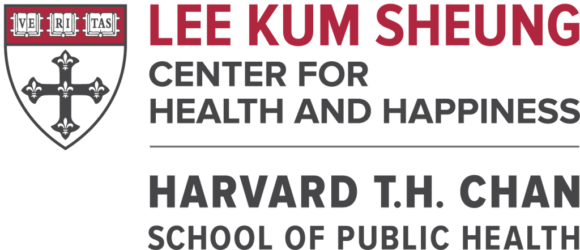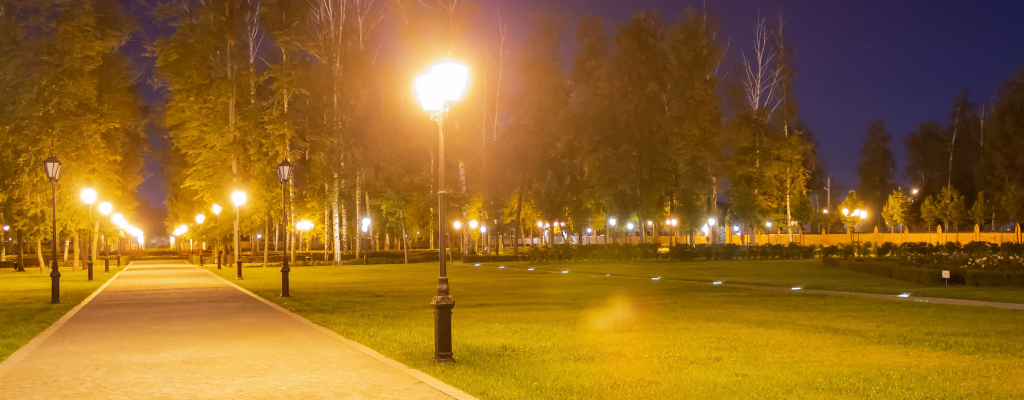Center Affiliate and Assistant Professor of Environmental Health at Harvard T.H. Chan School of Public Health Dr. Peter James discusses the profound effects of nature on our health and well-being.
“Biophilia,” a term popularized by Harvard biologist E.O. Wilson, theorizes that human beings have an innate affinity for connecting with nature. Dr. Peter James takes a rigorous approach to this concept in his research, working with theoretical and empirical evidence to suggest that exposure to natural environments can have profound effects on our mental and physical health. “Green spaces may buffer our exposure to air pollution, noise, and extreme temperatures; are a setting for physical activity; and provide a location to engage socially with our friends and neighbors,” Dr. James explained. “And through these mechanisms, exposure to nature may influence health and well-being. Indeed, randomized trials have shown that spending time in nature is associated with lower stress biomarkers, lower blood pressure, improved mood, decreased anxiety, and better cognitive function.”
While the COVID-19 pandemic has caused hardship for people worldwide, it has also encouraged a renewed focus on the importance of green space. “As we focus on social distancing and are increasingly socially isolated, we are all the more cognizant of our urban green spaces as a fundamental resource to maintain a physically and socially active lifestyle while not increasing risk of infection,” Dr. James said. Additionally, green spaces can serve as a model for combatting the spread of infectious disease during the current pandemic. Dr. James’ research demonstrates that places with greater access to green space often have lower incidence rates of COVID-19. “The beauty of studying nature is that it is also a modifiable exposure,” he said. “Landscape architects, urban planners, and parks and recreation departments can build new parks and develop green spaces to potentially improve well-being at a population level.”
As part of his next project, Dr. James aims to improve the metrics of exposure to nature. “Previously, we had used satellite data on vegetation to derive exposure to nature,” he said. “However, these measures provide a coarse idea of only the quantity of vegetation around each participant’s home.” With current funding, Dr. James will obtain more detailed images using Google Street View, allowing his team to extract feature-specific information (e.g., the presence of trees, grass, park benches) to examine which aspects of nature are most strongly linked to well-being and health outcomes.
Dr. James is also working to capture individual data in real-time by moving beyond residential and questionnaire data toward incorporating more smartphone and consumer wearable technologies. “We plan to use smartphone GPS data coupled with ecological momentary assessment, or pushing questions to participants that they answer in real time, to estimate the relationship between exposure to nature and mood or emotion,” he said.
As researchers continue to examine the effects of green space, many in the field are concerned that access to green space is not distributed equally across racial and socioeconomic groups. To further understand the extent of this inequality, Dr. James plans to engage with diverse study populations, citing research that suggests the effects of nature may be “equigenic” – that communities of lower socioeconomic status may obtain greater health benefits from access to green space than communities of high socioeconomic status. According to Dr. James, “there is great potential that increasing nature in low socioeconomic status communities may serve to decrease disparities in well-being and health.”

